LLS #3: Basic Lens Types

For most laser systems there are mainly 6 types of lenses that are commonly used to change that shape of a laser beam. These can be broken down into two groups: positive focal length lenses and negative focal length lenses.
Positive Focal Length Lens Types
In most laser applications we want to either focus a collimated beam or collimate a defocusing beam. The simplest type of positive lens is the Plano-Convex lens (fig. 1a). This lens has a curved surface on side 1 and a flat or plano surface on side 2. Plano-convex lenses are usually the lowest cost lenses because they are easiest to manufacture.
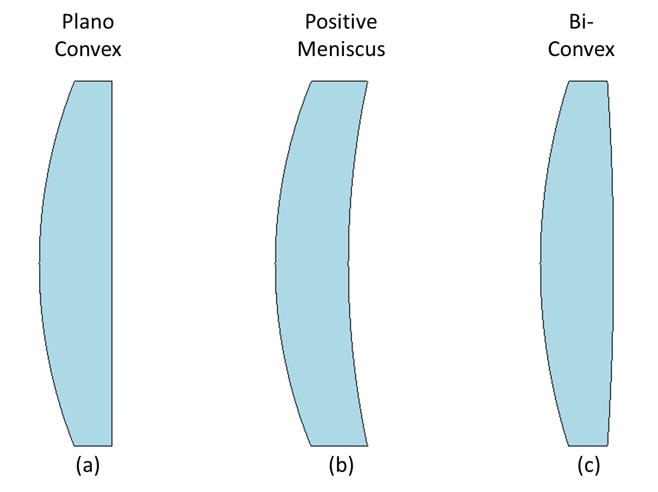
Positive meniscus and bi-convex lenses have curvatures on both sides of lens. It’s obvious from Figure 1b that positive meniscus lenses have radii that have a center of curvature on the same side of the lens. Likewise, Figure 1c tells us that a bi-convex lenses has radii with center of curvatures on opposite sides of the lens.
All of these lens types have the common trait that they will focus a collimated laser beam.
Negative Focal Length Lens Types
The opposite of positive focal length lenses are negative focal length lenses. And as one would expect, for each basic positive lens type, there is a negative type. Figure 2 shows the three basic negative lens types.
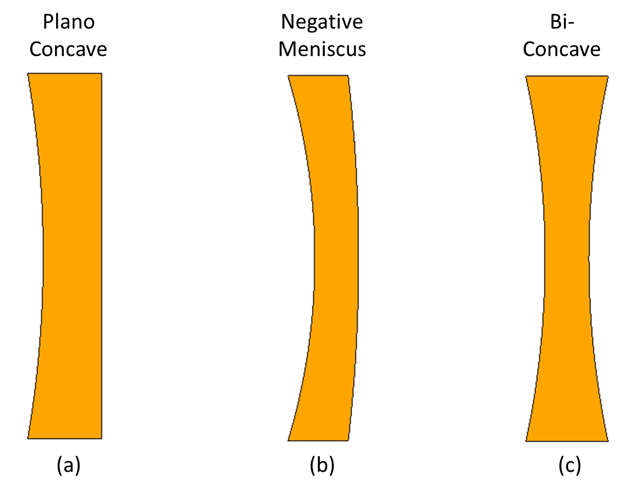
Also, as one would expect, the radii on the negative lenses are in the opposite direction as positive lenses.
Negative lenses can be used in laser systems to expand or reduce a laser beam diameter. In some rare applications negative lenses are used in conjunction with positive lenses to form a diffraction limited doublet. These doublets use to be the best way to focus large laser beams to the smallest possible spots. But modern manufacturing techniques make these types of doublets unnecessary; they are found in legacy systems, however.
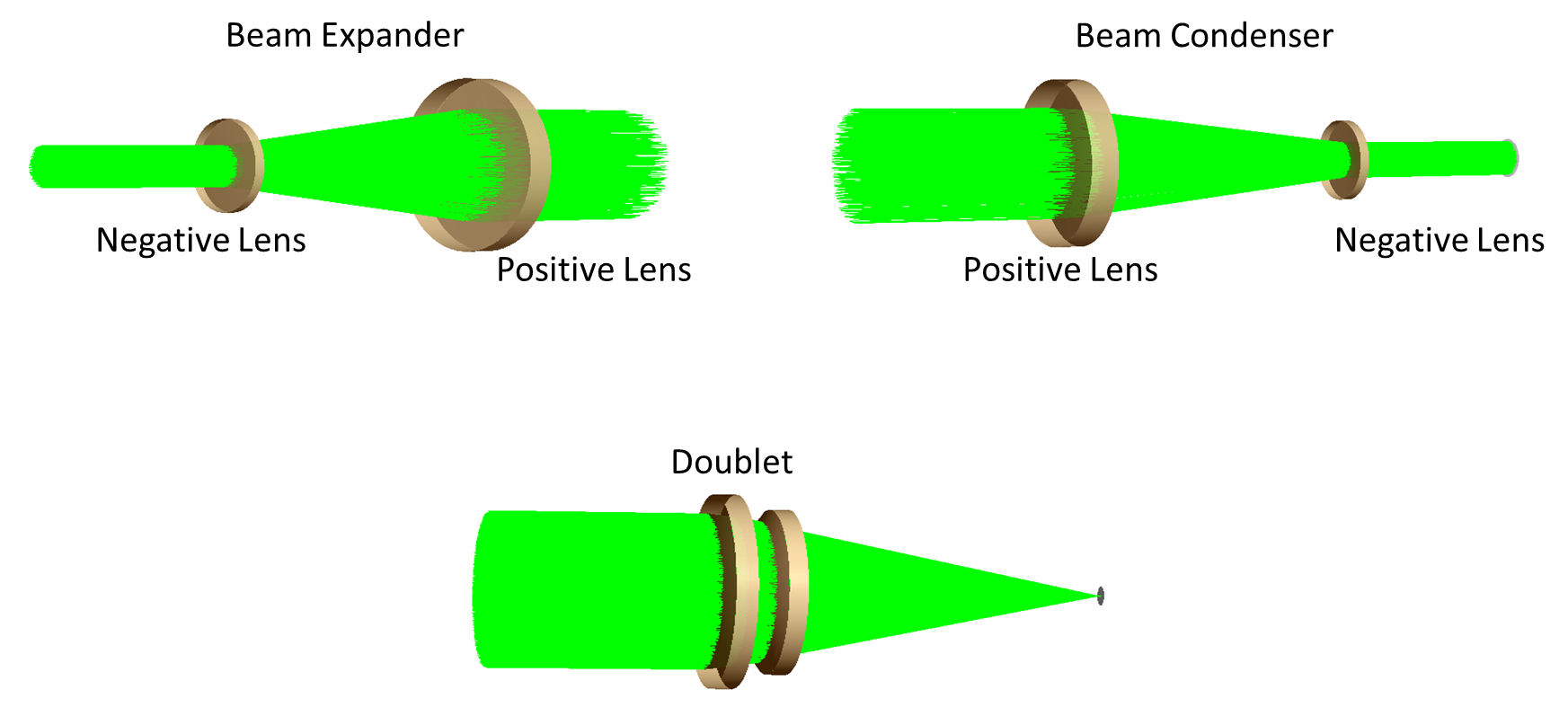
Going a little further with lenses
Lens terminology
When dealing with lens designs and when designing lenses, it is necessary to know how to apply negative and positive values to lens radii. The rule of thumb or convention that is almost universally used is that curvatures to the right are positive and curvatures to the left are negative. I guess that this should be more specific. Curvatures to the right mean that the “center” of curvature is to the right-hand side of the lens. And vice versa for negative radii. This sign convention follows the standard cartesian coordinate system with +x axis going to the right.
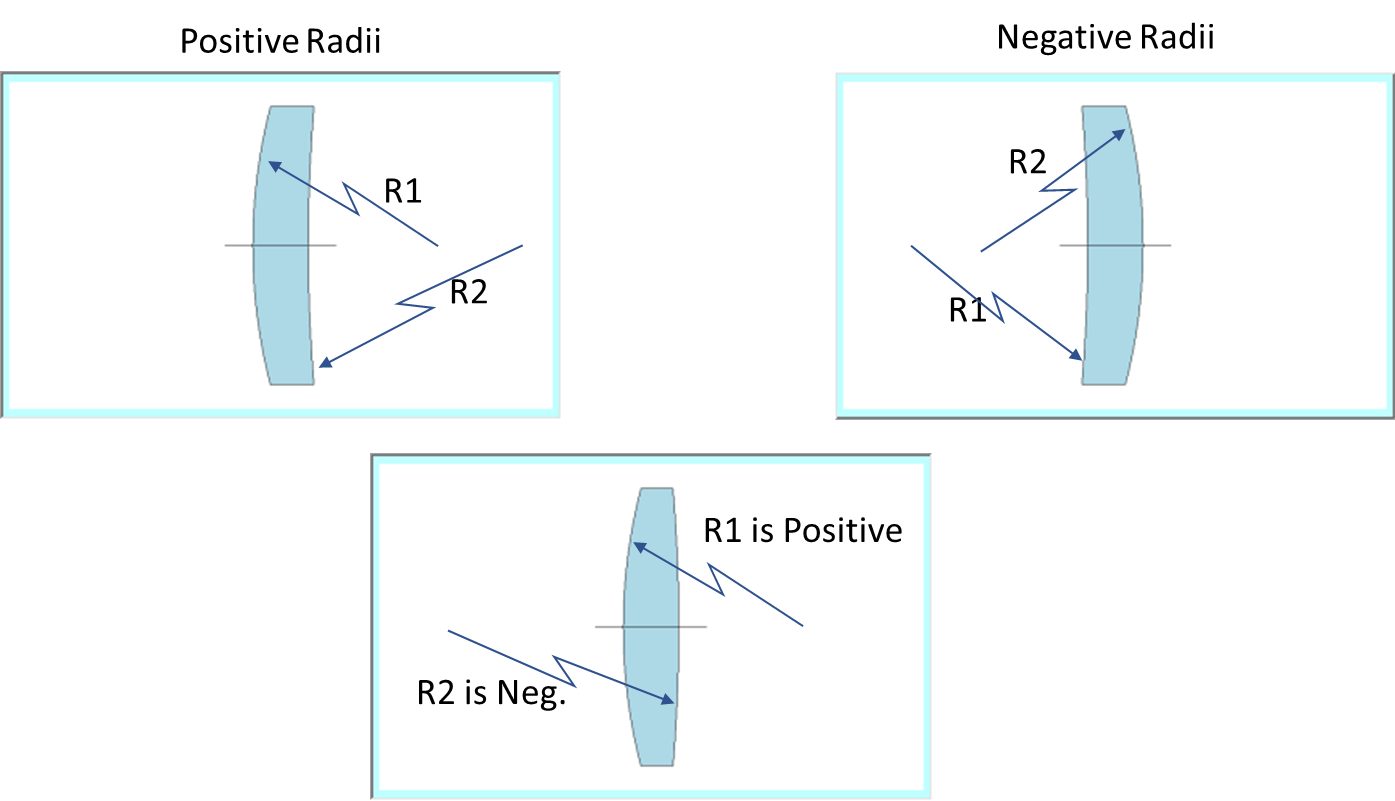
Other types of lenses and applications
Lenses come in all shapes and sizes, and they are used in great variety of applications. One type of lens that almost everyone uses but that we sometimes take for granted is the lens in our eyes. The eye lens, which is located behind the iris, is the main focusing element of the eye. Human eye lenses are a positive focal length, bi-convex type (see above). Additionally, the cornea has a small amount of power. [Lens power is term that is used to describe the ability of an optic to focus light.]
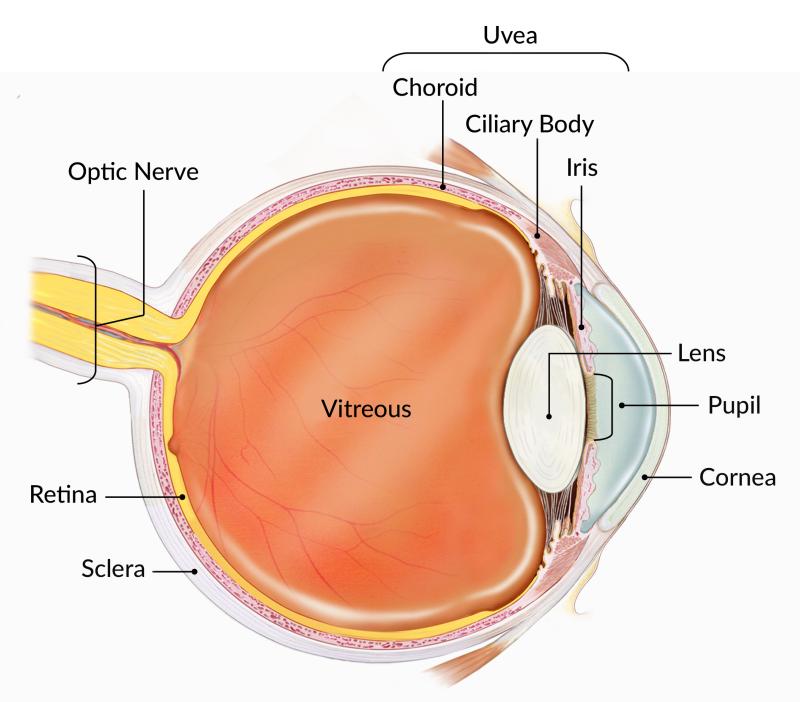
Some other types of lenses that are common place are binoculars, telescopes, magnifying glasses. The 35 mm camera lens is also another example of a traditional lens. Telescope and zoom lenses can get quite complicated as shown below. This design has a whooping 16 lenses!
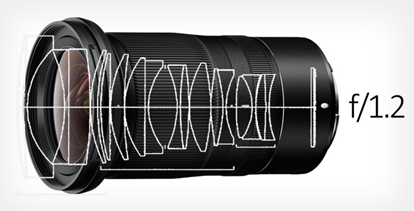
https://petapixel.com/2021/10/14/nikon-designs-two-f-1-2-zoom-lenses-35-50mm-and-50-70mm/
Once again modern lens manufacturing methods allowing extremely high quality photos and video to be taken with a cell phones. Below is an example of a patented (by Apple) cell phone lens design. Notice that there are only 4 main lenses to this system and that the lenses are highly irregular in shape. It’s safe to say that each lens has an aspheric surface.
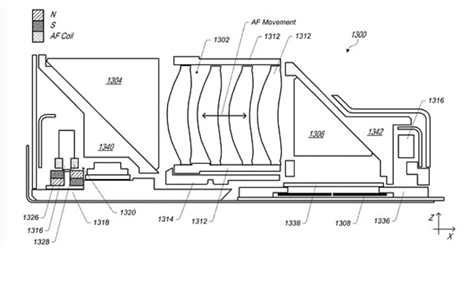
Next:


